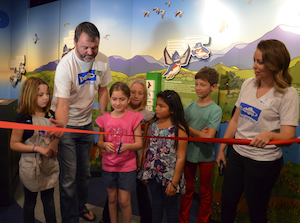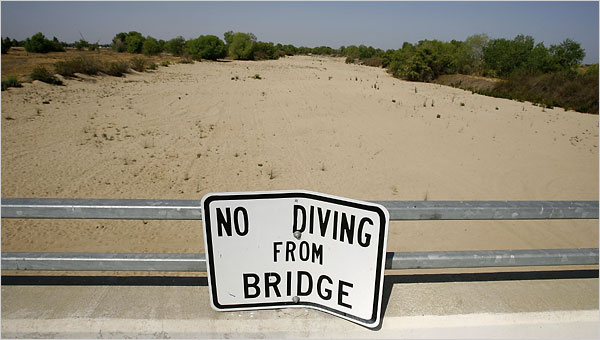Mark Gold, current board member and former president of Heal the Bay, writes today’s guest blog post about the opening of our latest exhibit at the Santa Monica Pier Aquarium– the Dorothy Green Room. The post comes courtesy of LA Observed.
We’d like to thank the Annenberg Foundation and the Nature Education Facilities Program Grant Awards under Proposition 84 for supporting the new Green Room. More than 2,100 visitors came this weekend to see the new exhibit, setting an all-time record for weekend attendance. Come and see it for yourself!
Last Saturday, on another gorgeous 80 degree day during our year without a winter, Heal the Bay dedicated the new “Green Room” at the Santa Monica Bay Aquarium to the extraordinary life and achievements of our founding president and California treasure, Dorothy Green. Some things haven’t changed much in California over the last 35 years since Dorothy became a force of nature opposing the peripheral canal project in the late 1970s. We have the same governor — he just declared an official drought last week — and a new version of the peripheral canal (with tunnels this time) is in the news and controversial again.
Dorothy wasn’t a big fan of drought declarations. She educated many of us about the importance of valuing all water, whether it came from rain, snow melt, or sewage. Her life’s goal was to get everyone to understand that California has enough water, but we don’t have a drop to waste. The Green Room shares this vision of smart water management. You’ll find exhibits on the importance of local water self-reliance through conservation, water recycling, and stormwater capture there. And you’ll learn about the importance of protecting our watersheds and the benefits they provide to wildlife, our coastal waters, and to all of us.
Outside the doors of the aquarium lies a bay that no longer contains fish with tumors and fin rot, or a dead zone, or beaches that are routinely closed due to large sewage spills. A lot has changed for the better since Dorothy created the vision and provided the leadership and inspiration that has made Heal the Bay such an unprecedented success. The Green Room helps tell her story of how one person made a difference by improving the quality of life for millions of people in the Los Angeles region who enjoy and love our beautiful coast and the incredible biodiversity in our bay and local watersheds.
The Green Room will educate and inspire tens of thousands of people annually on how a strong environmental ethic of activism, sustainability, leadership, and perseverance can heal even the most polluted bays or degraded rivers. Dorothy educated, mentored, and inspired generations of environmental stewards and activists, including myself. In the most fitting of launches, her young granddaughter opened the Green Room by cutting the ribbon, thereby initiating the next generation of future activists to learn about Dorothy, watersheds, and sustainable water management.




